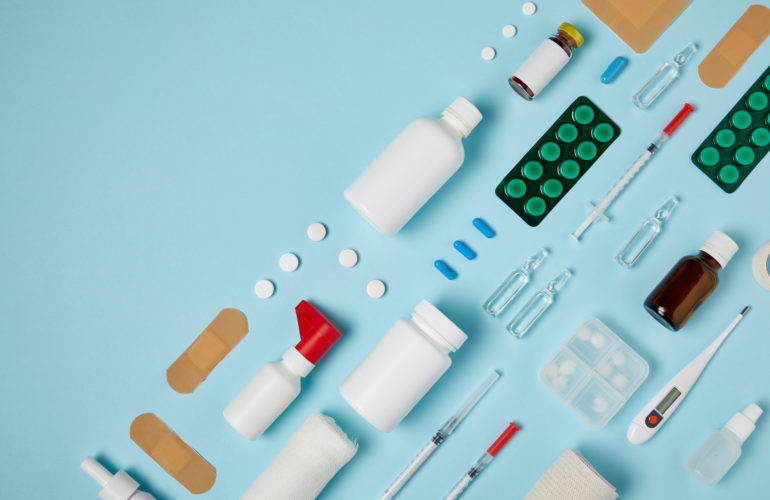The “Süddeutsche Zeitung”, the WDR and the NDR, together with other media of the international research network “International Consortium of Investigative Journalists (ICIJ)”, investigated faulty implants in medical technology. Under the term “Implant Files,” the network reported on considerable patient damage and published the results with media attention.
What are the causes of the scandals involving medical devices?
In the case of the PIP scandal with the counterfeit breast implants from the company Poly Implant Prothèse, it was clearly criminal energy. In the case of the brittle spinal implants, it was probably a mixture of greed and sloppiness.
Medical technology will never be 100 percent safe. In particular, software-related problems with active implants are not completely avoidable, but they can be minimized through the selective use of modern tools, adherence to prescribed development processes and extensive testing.
How has the medical device approval system already changed in recent years?
Dalli Action Plan
As a result of the PIP scandal, the so-called Dalli Action Plan was launched. Among other things, it led to a significant tightening of the approval of Notified Bodies by national authorities, as authorities from other EU member states now became involved. As a result, a large number of Notified Bodies disappeared from the market. Furthermore, the requirements for reviews of technical documentation were tightened and unannounced audits of medical device manufacturers became mandatory.
MEDDEV
With the introduction of MEDDEV 2.7/1 rev. 4 in June 2016, the requirements for the quality of clinical evaluations and the clinical literature that can be used in them increased massively. Thus, in principle, own clinical studies are only not required if the new medical device is equivalent to the medical device whose clinical data are used with regard to clinical application (intended purpose), technical principle and biological aspects.
These are just two examples of the tightening of approval requirements to date, the effects of which are only gradually becoming apparent.
MDR
The new European Medical Device Regulation (MDR) tightens the regulations for the marketing and post-market surveillance of medical devices. The requirements for medical device approvals continue to increase.
What does this mean for patients?
On the one hand, every patient has an individual desire for the fastest and best treatment. On the other hand, this desire must not lead to immature medical devices entering the market.
The danger of such a significant tightening of approval requirements, as we have been experiencing in recent years and especially as a result of the MDR, also leads to the death of smaller and innovative companies that are unable to meet these requirements. This inevitably leads to a concentration on a few large medical technology manufacturers, with the same effects that have already been observed in the pharmaceutical sector for some time.
However, the approval of new and innovative medical devices is always linked to the willingness of patients to participate in clinical trials. These offer a much more controlled framework than when medical devices appear on the market early on the basis of literature or only a few clinical data. Only if patients are also willing to participate in such clinical trials will new medical products and treatment methods be available in the future.
Would things be better with state regulatory authorities? Would such scandals as those described in the “Implant Files” become a thing of the past?
A change from the principle of state notified bodies to a state regulatory authority would not necessarily lead to greater patient safety, but it would involve an enormous amount of work.
This would require a departure from the basic principle of federalism in the area of medical devices (i.e., away from the states’ own responsibility for approval and market surveillance), and massive investments would have to be made by the federal and state governments (i.e., very extensive expansion of the BfArM as a higher federal authority).
Whether things would then get better is doubtful in view of the US Food and Drug Administration (FDA), since the incidents there are comparable to our market in terms of type and quantity – despite centralized approval and market surveillance.
In addition to the authorities, the notified bodies and the medical device manufacturers, the users of medical technology – clinics and physicians in private practice – also have a decisive role to play in the safe handling of medical devices and in their traceability.
What can we personally contribute to patient safety?
As those responsible for the approval of medical devices, we must ask ourselves every day: Would we use this medical device on ourselves if necessary? – and act accordingly.
Please note that all data and listings do not claim to be complete, are without guarantee and serve purely as information.




